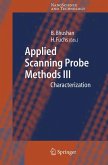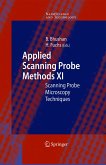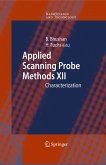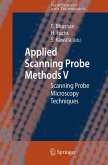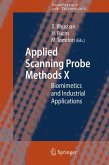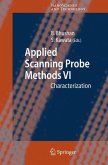The volumes VIII, IX and X examine the physical and technical foundation for recent progress in applied scanning probe techniques. This is the first book to summarize the state-of-the-art of this technique. The field is progressing so fast that there is a need for a set of volumes every 12 to 18 months to capture latest developments. These volumes constitute a timely and comprehensive overview of SPM applications.
Dieser Download kann aus rechtlichen Gründen nur mit Rechnungsadresse in A, B, BG, CY, CZ, D, DK, EW, E, FIN, F, GR, HR, H, IRL, I, LT, L, LR, M, NL, PL, P, R, S, SLO, SK ausgeliefert werden.



